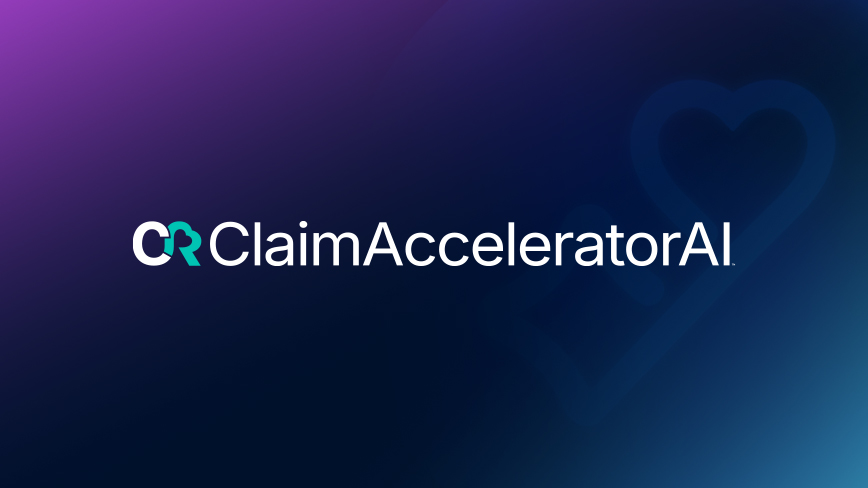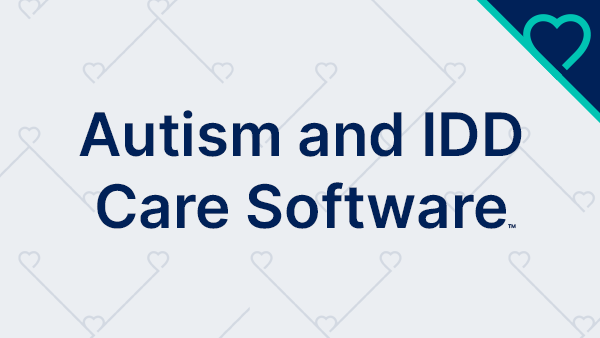Every student is unique, with individual strengths, needs, preferences, and life aspirations. Students with disabilities experience additional challenges along their academic journey. Assistive technology plays a pivotal role in providing support and accommodations in the classroom to help these students achieve their goals. As a leader in providing software and services that assist special education teachers who work with individuals with diverse learning needs, CentralReach is committed to empowering educators and caregivers with innovative solutions to enhance the educational experience for students with Individualized Education Programs (IEPs).
Understanding Students with IEPs
Per the Individuals with Disabilities Education Act (IDEA), students with disabilities must receive special education and related services to support their unique needs in education, employment, and independent living (U.S. Department of Education). An IEP is one component of IDEA that ensures children with disabilities receive a free and appropriate education (FAPE).
There are 13 disability categories to qualify a student for an IEP.
- Specific learning disability (e.g., dysgraphia, dyslexia)
- Speech or language impairment
- Other health impairment (e.g., ADHD)
- Autism
- Intellectual disability
- Emotional disturbance
- Developmental delay
- Multiple disabilities
- Hearing impairment
- Orthopedic impairment
- Visual impairment
- Traumatic brain injury
- Deaf-blindness
Students with IEPs have a diverse range of learning needs and abilities. Even within each category, the specific needs of each student differ widely.
Through individualized goals, interventions, and pedagogy, the goals of an Individualized Education Program include, but are not limited to:
- Promoting academic success
- Fostering independence
- Addressing specific learning challenges
- Improving social skills
- Supporting communication
- Facilitating behavior management
- Preparing for life after school (e.g., work, higher education, independent living)
Importance of Personalized Support and Accommodations
IEPs, by definition, must be individualized. Students with IEPs have unique learning needs. Educators must provide personalized support and accommodations to ensure students can access and participate in the general education curriculum in the least restrictive environment. Individualized supports and accommodations can include:
- Assistive technology
- Modified instruction
- Support services
- Classroom accommodations
- Behavioral supports
- Alternative curricula
- Augmentative and alternative communication (AAC)
- Transition supports
Exploring IEPs in the Classroom
IEPs play a critical role in classrooms by providing a structured plan tailored to the student’s individual needs. The development and implementation of an IEP is a comprehensive process. Educators, therapists, and support staff work collaboratively to craft a plan that allows learners the greatest opportunity to thrive in the classroom and beyond.
Development of the IEP
The first step in developing an IEP is assessing the student. The IEP team conducts a comprehensive evaluation of the student’s skill strengths, needs, and interests using a variety of assessment tools. Then, they analyze the assessments and establish unique, measurable goals. The team also creates a detailed plan that outlines the specific strategies they will employ to achieve the goals, including accommodations, modifications, supports, and supplemental services.
Implementation of the IEP
Over the following year, the IEP team employs the strategies and supports outlined in the IEP to assist the student in achieving their goals. As an IEP is legally binding, educators must comply with the requirements and implement it as written.
The IEP team must closely monitor the student’s progress throughout the year. Collecting data on the student’s goals is the easiest way to quickly identify whether they are making progress. Teachers send caregivers progress reports three or four times per year when report cards are sent. Progress reports should include data specifying the student's current level of performance compared to the baseline.
Monitoring IEP Progress
The IEP team must closely monitor the student’s progress throughout the year. Collecting data on the student’s goals is the easiest way to quickly identify whether they are making progress. Teachers send caregivers progress reports three or four times per year when report cards are sent. Progress reports should include data specifying the student's current level of performance compared to the baseline.
Goals are formally reviewed and modified during annual IEP meetings. However, if progress is stagnant, parents or teachers can convene an IEP meeting earlier to discuss making changes.
Leveraging Assistive Technology
Assistive technology refers to software, devices, products, or equipment that helps students with IEPs improve or maintain functional abilities. Within special education, assistive technology is essential for improving access, participation, and learning outcomes for students with autism, IDD, and other disabilities. Providing students with the necessary tools and supports empowers them to engage with the curriculum, participate in classroom activities, and achieve their individual goals.
There are many types of assistive technology tools and devices available to support students with IEPs in the classroom, including:
- Text-to-speech software
- Speech-to-text software
- Augmentative and alternative communication (AAC) devices
- Low-tech AAC, such as picture communication boards
- Digital organizers and task management tools
- Screen readers
- Magnifiers
- Braille displays
- Visual timers
Implementing Assistive Technology Solutions
Designing and implementing assistive technology in the classroom requires comprehensive planning and collaboration. To identify the technologies that are necessary to support a special education student, the IEP team must start with an assessment of their unique needs. Many educators use the SETT Framework to evaluate the characteristics of the student, the school environment, the tasks the student will need to do, and the tools that will allow them to actively engage with their environment. Some of the considerations educators should evaluate include:
- What does the student need to do?
- What can the student currently do?
- What are the student’s physical, cognitive, sensory, language, and social/emotional abilities and needs?
- What is the physical instructional setting like?
- What materials, equipment, and supports are currently available?
- What tasks must the learner do to actively participate in their education and daily life?
- What tools should be considered to support the learner in engaging in necessary tasks?
Developing plans for implementing assistive technology with a student requires a collaborative effort. Educators must collaborate with parents and caregivers, therapists, technology specialists, and support personnel to select, customize, and implement the most appropriate assistive technology solutions for the individual student.
It’s crucial that everyone involved in the student’s IEP receives training on the chosen assistive technology. Provide the IEP team with initial and ongoing training to ensure effective use that supports learning. Additionally, involve parents in the process. Encourage parents and caregivers to utilize the tools outside of school, if available.
Posted in Education, Special Education
You may also like...
Related information and stories
What Types of Assessments Are Most Appropriate for Students with Different Disabilities
Effectively supporting students with diverse disabilities in educational settings starts with a comprehensive assessment. Employing the appropriate assessments for students with autism to evaluate their strengths and needs is critical…
Continue ReadingWhat Are the Best Autism Spectrum Disorder Assessment Tools?
Research-backed autism spectrum disorder assessment tools are vital for accurately diagnosing and understanding the unique needs of individuals with autism spectrum disorder (ASD). These tools guide clinicians in developing individualized…
Continue ReadingHow Do Assessments Help in Developing Individualized Education Programs (IEPs)?
Crafting an Individualized Education Program (IEP) that incorporates learners’ unique strengths while addressing their challenges requires care and precision. Assessment for students with autism is critical in identifying students’ diverse…
Continue Reading






